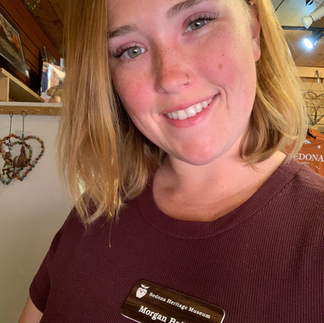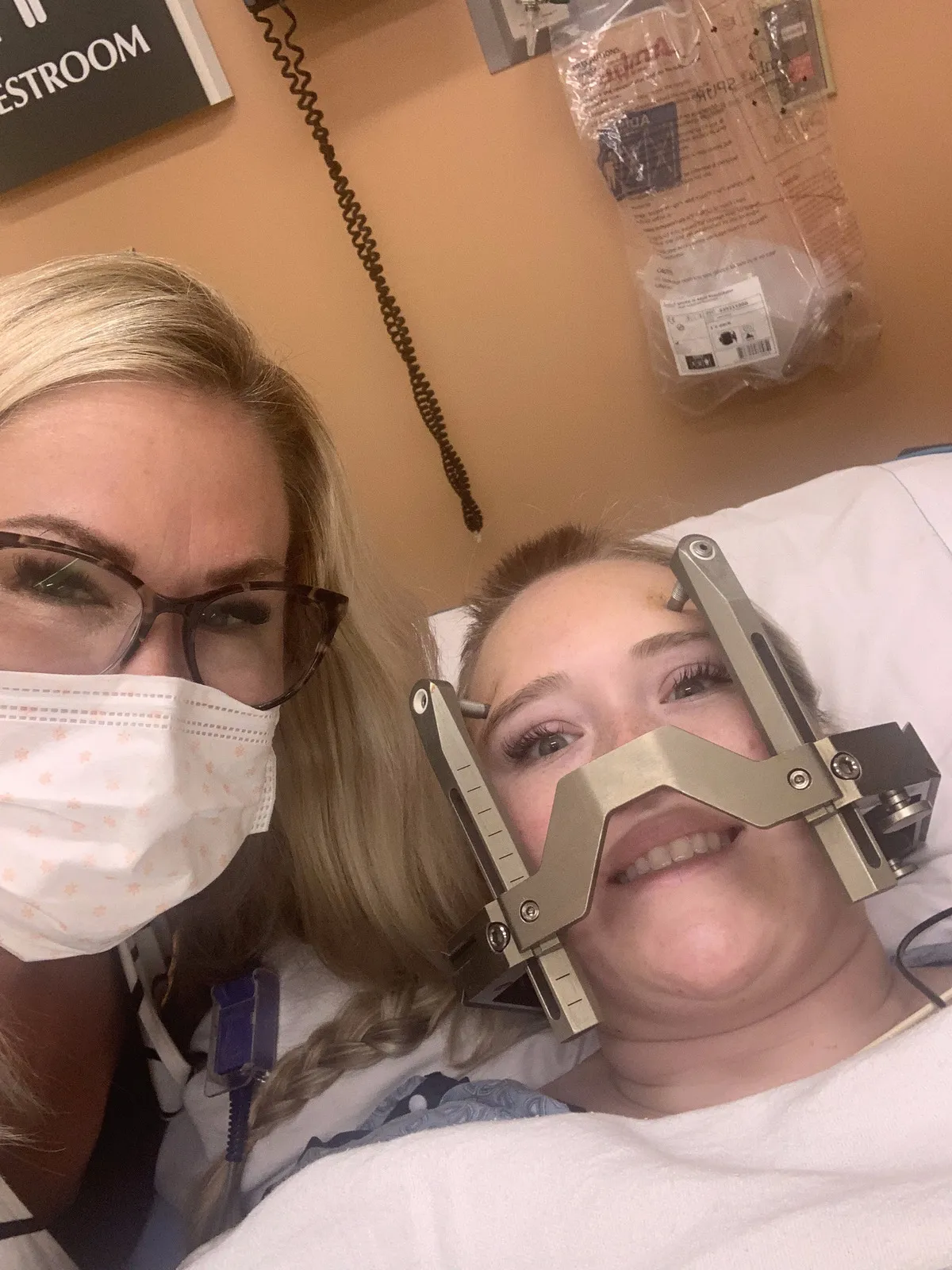October is AVM Awareness Month!
- Morgan Bailey
- Oct 4, 2024
- 4 min read
My story with arteriovenous malformation (AVM) began in 2017, during what was supposed to be an exciting and carefree time—my senior year of high school. One day, while goofing around with friends in the theater, one of them playfully pulled me off the stage. I fell about four feet and hit my head hard. After blacking out momentarily, I woke up dazed but didn’t think much of it. I headed to the nurse’s office, where she did a quick check-up and cleared me to return to class.
But the next morning, everything changed. I woke up to find the entire right side of my body numb. Panic set in, and I went from hospital to hospital, undergoing countless tests. Each visit brought more uncertainty, until I finally ended up at Barrow Neurological Institute. That’s where I received the diagnosis that would change my life—I had an arteriovenous malformation, a tangled mass of blood vessels in my brain, along with three brain aneurysms. The news was overwhelming. However, because of the AVM’s delicate location, the doctors felt that surgery was too risky. They told me to live my life as normally as possible, and to be honest, it was a strange feeling. Knowing something so dangerous was in my brain, yet being told to just live with it.
For four years, I carried on, trying my best to put the diagnosis in the back of my mind. I graduated high school, pursued my goals, and eventually began preparing for law school. Then came the day that changed everything—again. I was working at a graduation ceremony, feeling accomplished and excited about my future. But I began feeling off. Something was wrong, and I didn’t know what it was. I told my best friend that I wasn’t feeling right, and that’s the last thing I remember for an entire month.
What happened next was a blur—three aneurysms in my brain ruptured, causing a massive stroke. Dr. Lawton, a neurosurgeon, performed a craniotomy to remove 75% of the AVM. The surgery was successful in preventing further damage, but there was still 25% of the AVM left. To target the remainder, I underwent gamma knife surgery, a precise form of radiation designed to shrink and eliminate the remaining tangled blood vessels.
After the surgeries, the real battle began—rehabilitation. Recovery became my full-time job. I spent over a year going to Physical Therapy (PT), Occupational Therapy (OT), and Speech Therapy. It was a grueling process, filled with challenges and moments of frustration. Learning how to move again, how to speak clearly, and how to regain my independence took immense effort. There were days I wanted to give up, but something in me kept pushing forward. The support of my family, friends, and the incredible medical team at Barrow kept me going.
Even now, I still face lasting effects from the stroke. The right side of my body remains partially paralyzed, and I struggle with a lot of muscle tone, especially in my right hand. Simple tasks, like holding a ceramic tool or typing, can become difficult. But I’ve found ways to adapt and persevere.
Today, I work at the Sedona Heritage Museum, a place that has become a source of pride and joy for me. I started there as a volunteer, with severe aphasia. Aphasia is the loss or mix-up of words. I honestly think my speech has gotten to be so amazing BECAUSE of speaking with people! Eventually, the director mentioned they were looking to hire someone to help manage the gift shop. I applied, and to my excitement, I got the job! Now, I work two days a week, overseeing inventory, placing orders, and selecting unique items for visitors to enjoy. It’s a small role in the grand scheme of things, but it brings me a sense of accomplishment and connection to the community.

In addition to my job, I’ve made it a mission to raise awareness about AVMs. October is AVM Awareness Month, and it’s a time I dedicate to sharing my story with others. Through platforms like TikTok, I create content to educate people about what AVMs are, how they can affect lives, and the importance of early detection. My hope is that my story will resonate with others who may be going through something similar or who may not even know they have an AVM. Awareness can save lives.
Beyond that, I find peace in simple activities, like walking through the beauty of Sedona. I try to walk for at least half an hour each day—when it’s not too hot, of course. Walking has become a form of therapy for me, both physically and mentally. I believe it helps boost serotonin levels and allows me to clear my mind while taking in the breathtaking views that surround me.
Living with AVM has been a journey filled with ups and downs, but it’s also taught me resilience. Every day, I strive to make the most of my abilities and live a life that’s full of purpose and joy, despite the challenges.






Comments